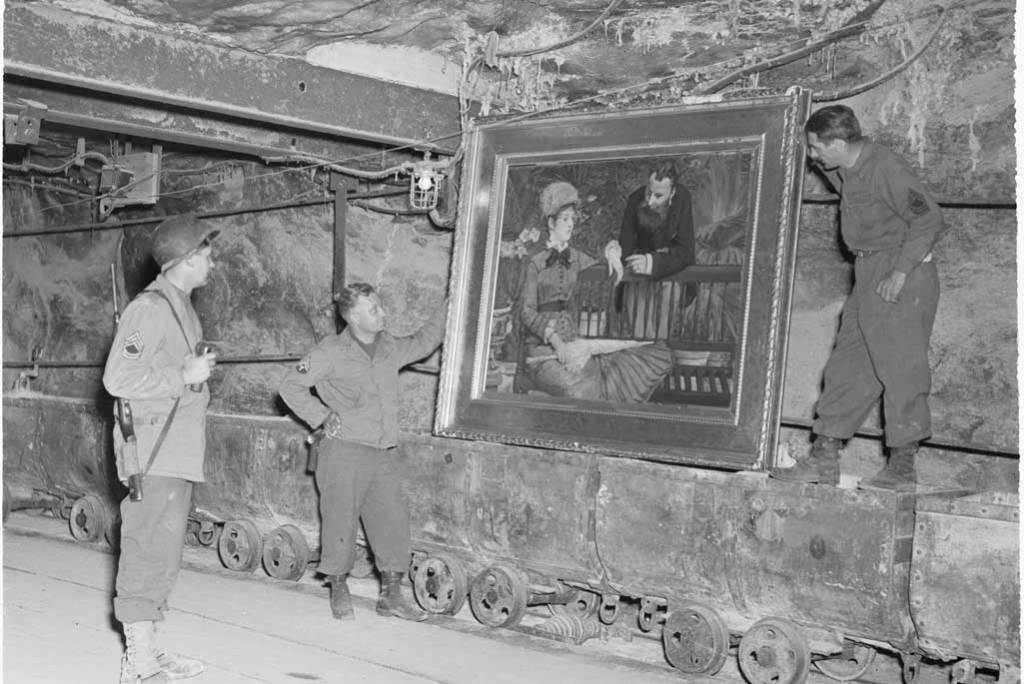The discovery of a huge cache of modernist paintings in a Munich flat has amazed everyone. Exactly what it consists of is still unclear: the poor reproductions released so far give little indication, but it is said to include the work of great 20th-century masters. Are the 1,500 items mostly originals or prints? We still don’t know and the German authorities – so far anyway – are resisting calls to make the works public under the terms of the Washington Principles governing looted art.
Those principles and later declarations agreed to track down and identify art that was misappropriated during the Nazi era. It’s well known that countless art works have been unaccounted for since the end of the Second World War. Historians like Lynn Nicholas and Robert Edsel are still unravelling the cloak-and-dagger stories of Nazi-era looting and its post-war aftermath.
Were the artworks hidden in Cornelius Gurlitt’s flat acquired legitimately? The evidence points to the murky ability of his father Hildebrand to do well out of Nazi looting. But we still don’t know exactly how Hildebrand, originally a legitimate dealer in modern art who then came to work for the Nazis, acquired them and eventually passed them on to his son.
The Süddeutsche Zeitung has revealed that most of the elder Gurlitt’s collection was confiscated by the Allies in 1945 and taken to their Wiesbaden collecting point for looted art. In the end, all but two paintings were restored to him in 1950.
Accusations are flying against the German authorities right up to Angela Merkel. Of course there’s no doubt that initially the Bavarian state and then Berlin itself have been snail-like and secretive. And their refusal to publicly document the actual art works on the internet and elsewhere is indeed disgraceful.
So why not take a leaf out of the book of the original Monuments Men? At the Munich collecting point, Allied and German art historians staged a public viewing of the looted art works, a sign of hope and international collaboration that provided an early chink of cultural light after Nazism. If restitution simply means a transfer of high-value art to the private realm as Norman Rosenthal once argued, then there is a strong argument for such works to become part of publicly-owned collections. That would save them from being turned into pawns in an endless game of multi-million pound restitution claims and possibly disappearing from public view altogether.
Related Articles:
Second Gurlitt hoard comes to light (Maggie Gray)
Germany proposes a new law to enable the return of looted art (Maggie Gray)



